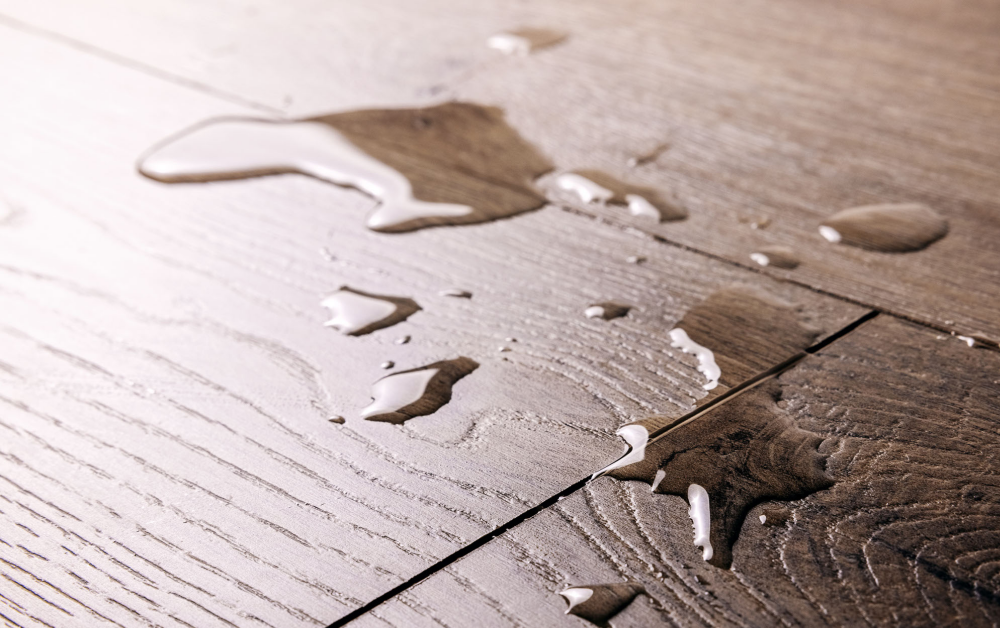When you build or update your home in Utah, choosing flooring is usually one of the biggest decisions. Material, finish, and style all have to come together to create a look that you love. It’s important when you’re choosing flooring in wet areas that you keep a few key things in mind.
1. Degree of Wetness
When choosing your flooring materials, it’s important to know how wet the space gets. For example, bathrooms are very wet places, not only because of actual water, but steam creates condensation that can permeate flooring. Kitchens and basements also tend to be places where there is a lot of water or moisture present. When choosing flooring for your home, it’s important to think about what will be most durable for each space.
2. Type of Material
Most flooring is categorized as organic or inorganic. Most organic materials aren’t going to be great for wet or damp areas, although there are exceptions for something like bamboo that is actually better at handling moisture than an inorganic laminate flooring. Laminate flooring is a problem because it sits on a base of fiberboard which does not do well in moisture. Otherwise, inorganic materials such as tile and vinyl are much better suited for flooring in wet areas.
3. Level of Risk
Sometimes your aesthetic vision for your home requires you to choose something that might at first glance be a material that is incompatible with water. Solid hardwood is not usually a good choice for a basement or a bathroom because it can’t stand up to the level of moisture present in those places. While it is possible to salvage hardwoods that have gotten very wet, they’ll never quite be the same. Similarly, engineered wood and linoleum aren’t great options for those areas either but can stand up to occasional puddling.
When you’re ready to choose flooring in wet areas of your home, work with a flooring professional who can help you weigh the risks and rewards of different materials as you realize your vision for your home.







